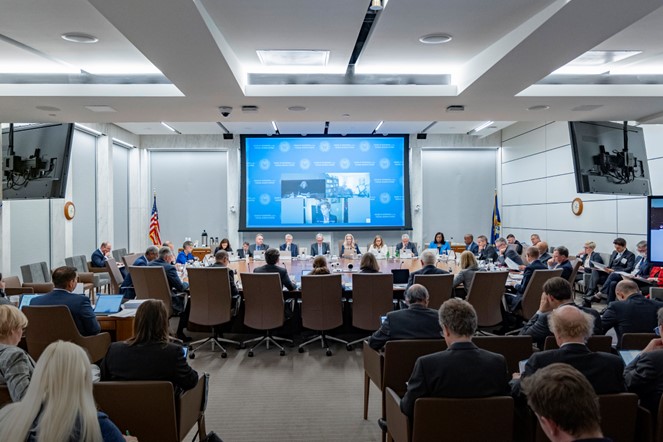
The March FOMC Minutes Show the Fed is Less Aligned
We may be entering a period when we have a Federal Reserve that is split on the direction of monetary policy. This could be the case as early as the May 2-3 FOMC meeting. At least, that is one indication that arose from the just-released minutes of the Committee from the March 21-22 meeting. U.S. economic activity was strong leading up to the meeting, then the collapse of two banks occurred. The concerns that followed prompted several Federal Reserve officials to consider whether the central bank should pause its aggressive pace of hiking interest rates.
Split Federal Reserve
The minutes offer insight into what may follow this year. Over the past ten sessions, the FOMC minutes showed the central bank’s focus has been on quickly tightening policy to squelch persistent inflation. Now after nine consecutive interest-rate hikes and quantitative tightening, the conversation has shifted from wondering how fast they can move to whether and when the Fed should pause. At least, it has for some of the Committee members. Soft landings are seldom successfully orchestrated by monetary policy changes; more often, they set the stage for a recession.
In public addresses since the March meeting, Fed officials have appeared to be somewhat split on the way forward. Chicago Fed President Austan Goolsbee, for example, said on April 11 that the Fed needs to be cautious. “We should gather further data and be careful about raising rates too aggressively until we see how much work the headwinds are doing for us in getting down inflation,” Goolsbee said.
Less concerned about a recession and more concerned about winning the war on inflation, Cleveland Fed President Loretta Mester said last week she believes the correct move is for the Fed to continue tightening “a little bit higher” before pausing as the economy and inflation adjusts.
Bank Failure Considerations
The March monetary policy meeting was surrounded by uncertainty for both Fed watchers and some FOMC members. The meeting took place only days after the collapse of Silicon Valley Bank and Signature Bank. Other indicators of a strong economy pointed to an aggressive move from the voting members. But, with the banking sector wounded or perhaps worse, it remained a nailbiter up until 2 pm on March 22 when the Federal Open Market Committee announced a quarter-point interest-rate hike.
While all has since been quiet related to U.S. banks, at the time, the extent of the problem was far from known. The potential economic impact it could have, led Fed staff to project a mild recession starting later in 2023, according to the minutes. This tells financial markets and others impacted by Fed moves that some Fed officials were seriously considering holding steady on rates.
The minutes show, the combination of “slower-than-expected progress on disinflation,” a tight labor market, and the view that the new emergency lending programs had stabilized the financial sector, allowed the central bank to again raise rates. The minutes indicated, “Many participants remarked that the incoming data before the onset of the banking sector stresses had led them to see the appropriate path for the federal funds rate as somewhat higher than their assessment at the time of the December meeting.” Reading on, the minutes said, “After incorporating the banking-sector developments, participants indicated that their policy rate projections were now about unchanged from December.”
Take Away
Although they are released several weeks after each meeting, the Fed minutes are always closely watched for clues as to how central-bank officials are feeling and where monetary policy is likely heading over the next several weeks or months. The indication from these minutes, behind a backdrop of Fed regional president addresses, indicate a less than unified Fed. Unless there is a good deal of unexpected trouble within the banking sector or economy or a clear tick up in economic measures such as employment, the May 3 post-meeting announcement on policy will be tough to forecast.
Managing Editor, Channelchek
Sources
https://www.federalreserve.gov/newsevents/pressreleases/monetary20230412a.htm
https://www.barrons.com/articles/march-fed-meeting-minutes-today-cf27aa2?mod=hp_LATEST